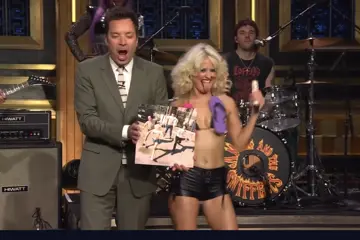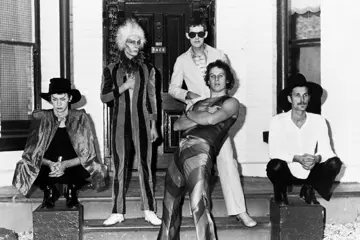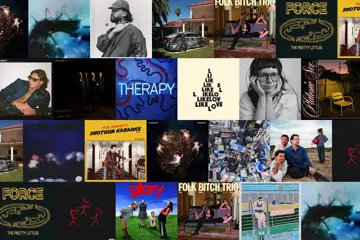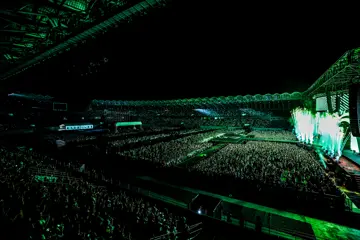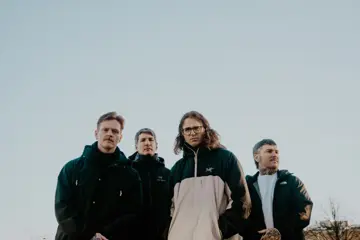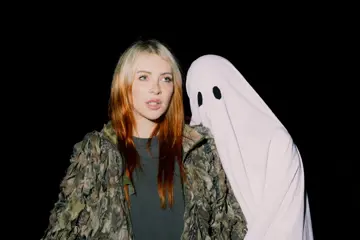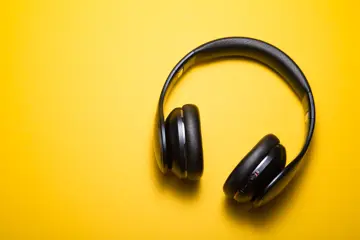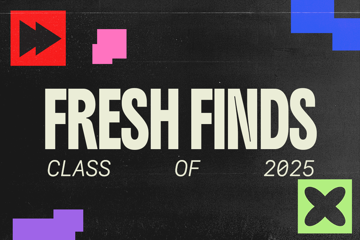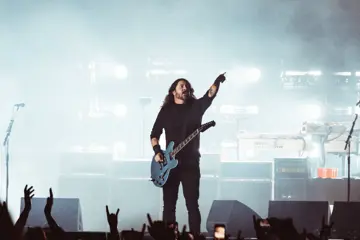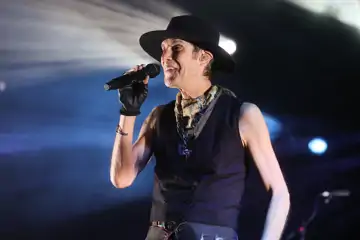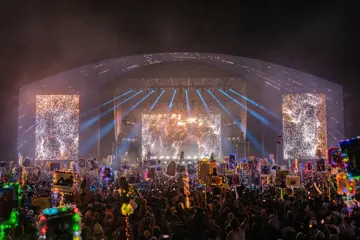 Slipknot
SlipknotAlessandro Venturella, or as we know him, V-Man, learnt how to play the bass guitar to join Slipknot. As the touring guitar tech for Architects, Coheed & Cambria, and Fightstar, and lead guitarist in Cry For Silence, the British musician immediately brought his musical theory knowledge to the table for the opportunity of a lifetime.
“Bass is not the same as a guitar. But knowing the fingerboard and all the notes meant I could step into it. The most significant struggle for me was figuring out how to play a bigger scale guitar instead of a short scale guitar," Venturella begins from his London home, sipping his first cup of coffee for the day. “Guitars range from 24-and three-quarter inch scale to 25-and-a-half for a Fender Stratocaster. The bass is around a 34-inch scale and uses thicker strings. So, the muscle memory of playing your normal guitar for 20 years definitely shocked the system.”
Another challenge for a bass player, particularly Slipknot's bassist, is keeping time with a drummer and a percussionist. Venturella, the consummate professional, doesn’t find it all that tricky. "When we play live, everyone in the band has different audio. Everyone prefers to listen to certain things when they're playing. I like to keep my mix pretty basic because there’s so much going on,” he tells.
“Between the sets and pyro, if there’s too much going on in my brain, it pulls me out of the show. In my unit monitor, it’s mainly just me and Jay [Weinberg, drums] and a smattering of Corey [Taylor, vocals].” Recording in the studio is another story; he can have more instruments to feed off. Playing live, less is more for Venturella, as he needs utmost concentration on what he’s doing to play proficiently enough for the show.
Venturella plays on his third album with Slipknot, The End, So Far, the band’s seventh album, following 2015’s .5: The Gray Chapter and their 2019 opus, We Are Not Your Kind. Taylor described its sound as the “heavier version” of Slipknot’s 2004 record, Vol. 3: The Subliminal Verses, which you can hear on the black metal-esque guitars on Medicine For The Dead.
The End, So Far is an experimental album where the group organically made completely unfamiliar songs. At no point did the nine band members purposely go out of their way to do something different. They're pleasantly surprised at how well some of the ideas panned out.
Adderall, the album’s electronic, atmospheric opener, started with just Taylor, Shawn “Clown” Crahan (percussionist, backing vocals), and Mick Thomson (guitar). “That song was just keyboards with some electronic stuff and chorus vocals. Now, it’s very different, but we’ve retained the vocal melody,” Venturella says. “Adderall came out of its shell in the studio, although it could've been released in demo stages too. I think that version would’ve been just as good, but once you’ve got everyone on it, that’s what turned it into a Slipknot song.”
On Finale, Taylor finally wears his Alice In Chains influence on his sleeve. Featuring a string section alongside the piano, bass, and ominous guitar, Finale is unlike any other Slipknot song. “That one started with some ideas from Jim [Root, guitar], and then we threw it into the wheelhouse and deconstructed it,” he explains.
Slipknot shifted the song around with plenty of harmonic changes. “I’d have a riff and then get Mick to play a melody over it. I was testing how far we could go with key changes and modulation. It was amazing once we played in the studio and had it all finished. You could hear all the aspects of everybody in the band, and it just turned it into something else. Joe [Barresi, producer] brought his expertise and really took those songs to another level. We’re very proud of those songs.”
Perhaps, Venturella’s niece and nephew will also feel proud of these songs – they’re both getting into heavy metal music, including Slipknot. “When I go to shows and see a 13-year-old kid, or 10-year-old kid drumming along to everything, or, you know, there's a bunch of kids that we've seen do a music video of them playing along to something. I think that's just incredible,” he says. Kids are at a different level these days, musically. The exposure to worlds and eras of music was unfathomable when Venturella was in school.
Working with Joe Barresi was terrific; a goal ticked off the bucket list of producers. “He’s done so many amazing albums that I love, and he’s a sonic master,” Venturella smiles. With Barresi, songs wouldn’t progress unless he was happy, and the band had beaten something from a previous record.
“He had Tool before us in the same studio. It was inspiring to hear stories from that recording process and how they did it. I looked back at all the photos and videos I documented in the studio, which I'd love to post soon once the album is out. Otherwise, I'm giving away a bit of the album. There are so many bits with Joe and [Michael] Pfaff, sorry, Tortilla Man.” Reliving the studio magic and the moments he forgot amazes Venturella.
While Venturella is proud of The End, So Far, he hasn’t heard the record front-to-back when we speak on the eve of its release. He’s highly anticipating the release day listen. “I’ve listened to the songs individually, but I haven’t had my physical copy in front of me and done my proper listen with it,” he says. “That’s what I do: I go to the shop when it’s released and buy myself a copy. I take it home and get it on my nice studio speakers. I do that all the time, even with my old band, Cry For Silence – if the albums were in stores because we obviously weren't the biggest band on the planet. It’s my little thing that’s stuck with me over time.”


